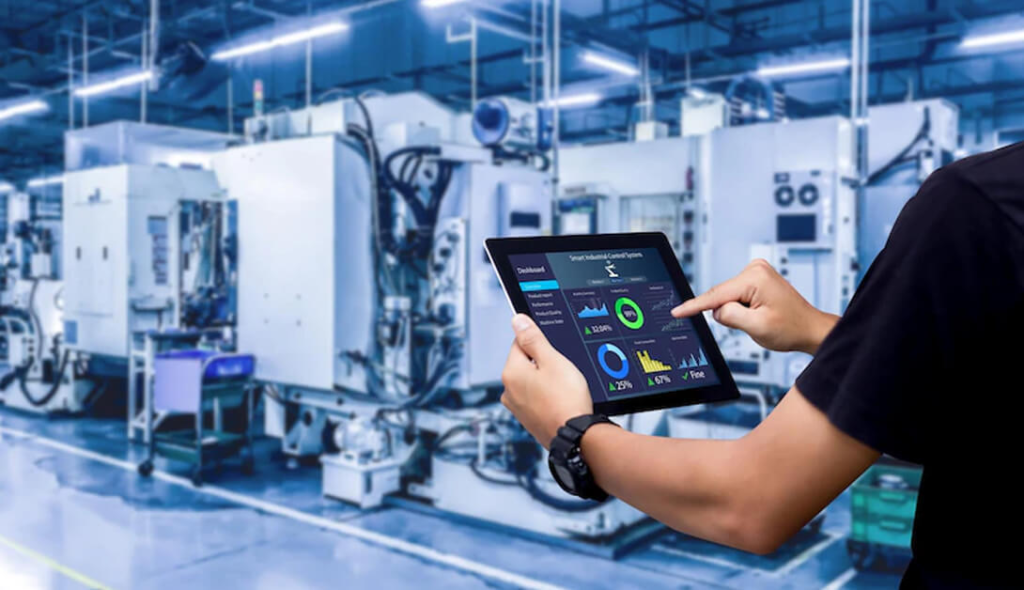Quality control is the backbone of successful manufacturing. Ensuring consistency, reliability, and customer satisfaction are just some of the lessons learned from effective quality systems. This blog unpacks the essential strategies and tools manufacturers need to sustain superior standards.
Understanding Quality Control
What is Quality Control?
Quality control (QC) is a process used in manufacturing to ensure that products meet predefined quality standards. It combines operational techniques and activities that ensure materials, production processes, and finished goods align with customer expectations and regulatory requirements.

Objectives of Quality Control
- Consistency: Maintaining uniformity in production, regardless of batch or timeline.
- Customer Satisfaction: Delivering reliable, safe, and high-performing products to meet client needs.
- Efficient Operations: Minimizing waste and optimizing processes to boost profits.
Principles and Methodologies
Quality control relies on systematic principles and methodologies, including statistical process control (SPC), Six Sigma, and Lean Manufacturing. These approaches aim to identify inefficiencies, address defects early, and ensure products meet quality criteria. For example, stainless steel electropolishing to restore certain properties is embraced as a quality assurance technique, providing products that meet high precision and corrosion resistance standards.
The Cost of Poor Quality (COPQ)
When quality takes a backseat, businesses face a hefty price.
Financial Impact
From scrapped materials to lost revenues, poor-quality products chip away at profitability. For instance, an automotive manufacturer that recalls faulty vehicles faces multibillion-dollar expenses in damages and repairs.
Reputational Damage
Subpar products tarnish brand trust. Consider a smartphone brand launching a defective model—consumer confidence dwindles, and loyal customers may switch to competitors.
The Role of Technology in Quality Control
Transformative Power of Technology
Gone are the days when QC relied solely on manual inspections. Technology has revolutionized quality processes. Using tools like AI, IoT, and data analytics, manufacturers can now predict defects, track anomalies, and ensure seamless production.

Applications in QC
- Artificial Intelligence (AI): AI systems perform real-time inspections and identify defects with near-perfect accuracy.
- Internet of Things (IoT): IoT devices continuously monitor and remotely assess product and machine health.
- Data Analytics: Advanced analytics detect patterns in production data, enabling proactive corrections before issues occur.
Effective Quality Control Strategies
Best Practices for QC Implementation
- Set Clear Standards: Define robust standards aligned with industry norms and customer expectations.
- Invest in Tools & Technology: Harness automation and AI for precision and scalability.
- Regular Audits: Periodically review processes to pinpoint inefficiencies and resolve issues.
- Customer Feedback Integration: Leverage end-user input to refine production and QC cycles.
The Human Element: Empowering Quality Control Teams
While technology advances QC, human expertise remains irreplaceable.
Why Training and Teamwork Are Crucial
- Skilled Workforce: Training teams in quality methodologies guarantees better decision-making.
- Collaborative Culture: Engaging QC employees fosters ownership and accountability.
Continuous Improvement and Quality Control
Introduction to Kaizen
Kaizen, a Japanese term for “change for the better,” emphasizes continuous improvement. By encouraging small yet consistent changes, organizations can sustain long-term QC success.

Tips for Integrating Continuous Improvement
- Identify Bottlenecks: Regularly evaluate and address inefficiencies.
- Reward Ideas: Incentivize employee-driven innovations to refine processes.
- Practice Standardization: Standardized workflows make iterations smoother and easier to execute.
Future of Quality Control
Emerging Trends in QC
- Smart Manufacturing & AI: QC will continue to evolve alongside machine learning and Industry 4.0 technologies.
- Blockchain for QC Transparency: Blockchain adoption ensures tamper-proof records of products’ quality history.
- Sustainability Metrics: Increasing emphasis on eco-friendly manufacturing will require QC systems to focus on sustainability.
Conclusion
In competitive markets, achieving and maintaining high manufacturing standards is not optional—it is crucial for survival. Effective quality control enhances customer satisfaction, ensures compliance with regulations, and increases profitability. To stay ahead, focus on QC tools that incorporate advanced technologies such as IoT monitoring and data analytics.

